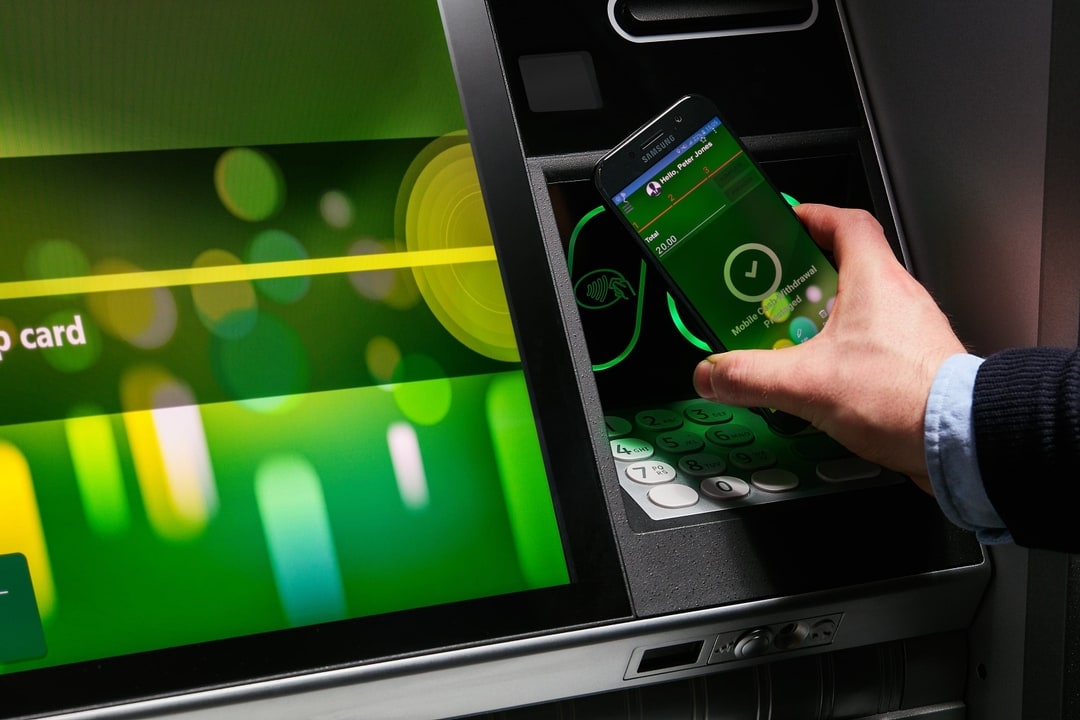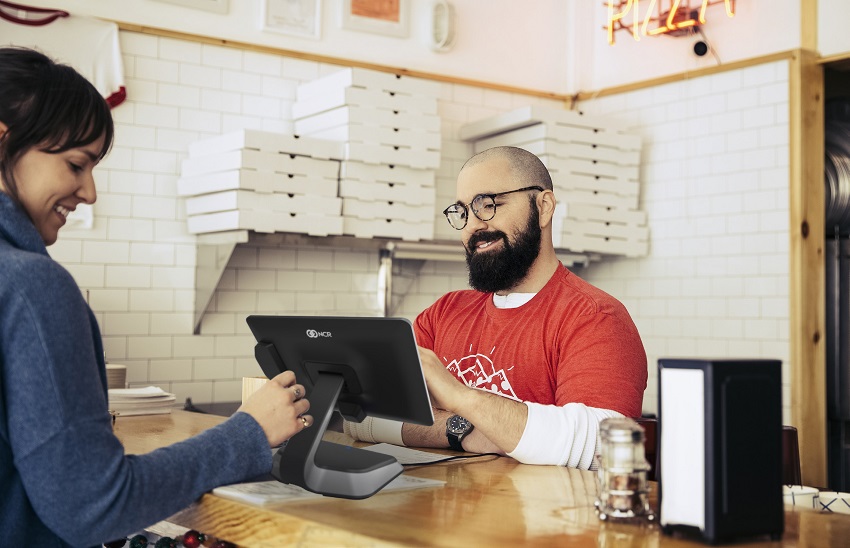Embedded Finance – fusing retail and financial services into one cohesive customer journey
Published July 20, 2022
GM Spotlight: Ismail Amla, EVP, Professional Services at NCR, shares his insights on how embedded finance is changing the retail landscape and what a capable and adaptable financial partner can offer.
Embedded Finance has become a hot topic for commerce brands as they seek to find ways to own more of the customer journey. And in doing so it’s changing consumers’ payment habits and supporting greater financial inclusion by making it easier for those on lower incomes to spread their payments into more manageable chunks.
Over the last two years, ecommerce has seen unprecedented growth as consumers wanted or needed an alternative way to shop. Digitally-savvy consumers want speed, ease and convenience and embedded finance – bank-like services provided by nonbanks – offers just that. Embedded finance is a growing market and Fintech Futures projects that by 2030 it will be an addressable market opportunity worth more than $7 trillion – twice the combined value of the world’s top 30 global banks and insurers. So, it’s an important, and exciting, digital growth opportunity for financial institutions (FIs) and ecommerce businesses alike as banking functionality and technology combine to enable any brand or merchant to integrate innovative financial services into their sales process and enhance the customer experience rapidly and at low cost.
There are already some great examples of embedded finance. Apple was one of the first pioneers – building Apple Pay into the iPhone and then the iWatch. Today, consumers are able to instantly pay for goods or ride public transport with a mere flick of their wrist. Perhaps the ultimate in payment convenience.
Building digital retailer-owned payment options – the digital alternative to the store card – such as the NextPay or Walmart MoneyCard for instance – is proving attractive to the retailer market. These payment options build on existing loyalty schemes to add convenient financial services at the point of purchase, plus enabling the consumer to accrue loyalty points and other benefits. But to make this happen, they need to work hand in glove with a FI.
And many other brands are catching on to this embedded finance revolution. The Buy Now Pay Later (BNPL) brand Klarna for instance has seen a meteoric rise over the last few years with active customers increasing by 70% in 2021 alone to 147m worldwide. This simple buy-on-credit model that appears at check out on both low cost and premium goods is setting a benchmark for embedded finance. So much so, that many FIs, both digital-only and traditional, are jostling to bring their own BNPL offers to market. Whether branded, or white-labelled, this is bringing finance and commerce closer than ever before.
"Fintech Futures projects that by 2030 embedded finance will be an addressable market opportunity worth more than $7 trillion– twice the combined value of the world’s top 30 global banks and insurers.."
Affordability and financial inclusion
BNPL has fueled arguments on both sides regarding financial inclusion and affordability. For many it offers an easy way to budget purchases into more manageable payments, thus supporting greater financial inclusion. But without checks, measures and limitations it could easily create a debt problem, as happened with payday loans, where consumers end up having large chunks of their paycheck allocated to paying for items they bought months ago. In a world of macro subscriptions, we’re accustomed to paying for things on a monthly basis, making it cheaper for the consumer and offering greater flexibility, budget-ability and choice. And for this point, embedded finance can help drive financial inclusion.
While greater regulation into BNPL is imminent, these embedded finance solutions are becoming commonplace for consumers for their simplicity and convenience and for brands a way to be stickier with their customers.
And with greater stickiness comes greater insights. Embedded finance provides even more data to brands on their customers and their buying habits which in turn drives the potential for greater personalization in products and offers.
Related: What do Gen Z consumers want from financial institutions?
Banking as a Service
To deliver embedded finance, retailers still need a financial partner. And this is fueling the emergence of Banking as a Service – bundled white labelled or co-branded services that nonbanks then use with their customers. With such a large addressable market available, forging such a digital offering could be highly lucrative to FIs providing new revenue streams with low- margin high volume transactions as well as increased brand presence in a competitive digital space.
As consumers continue to increase the amount they spend through digital channels and their growing demands for simplicity, speed and convenience, the market and scope for embedded finance is likely to increase. At a time where FIs are increasingly facing declines in profitability and greater competition from challenger banks, this may be an opportunity not to miss. To embrace it, FIs must be on the front foot with their own digital transformation to ensure they have the capabilities to deliver this API-led offer to the commerce sector.



